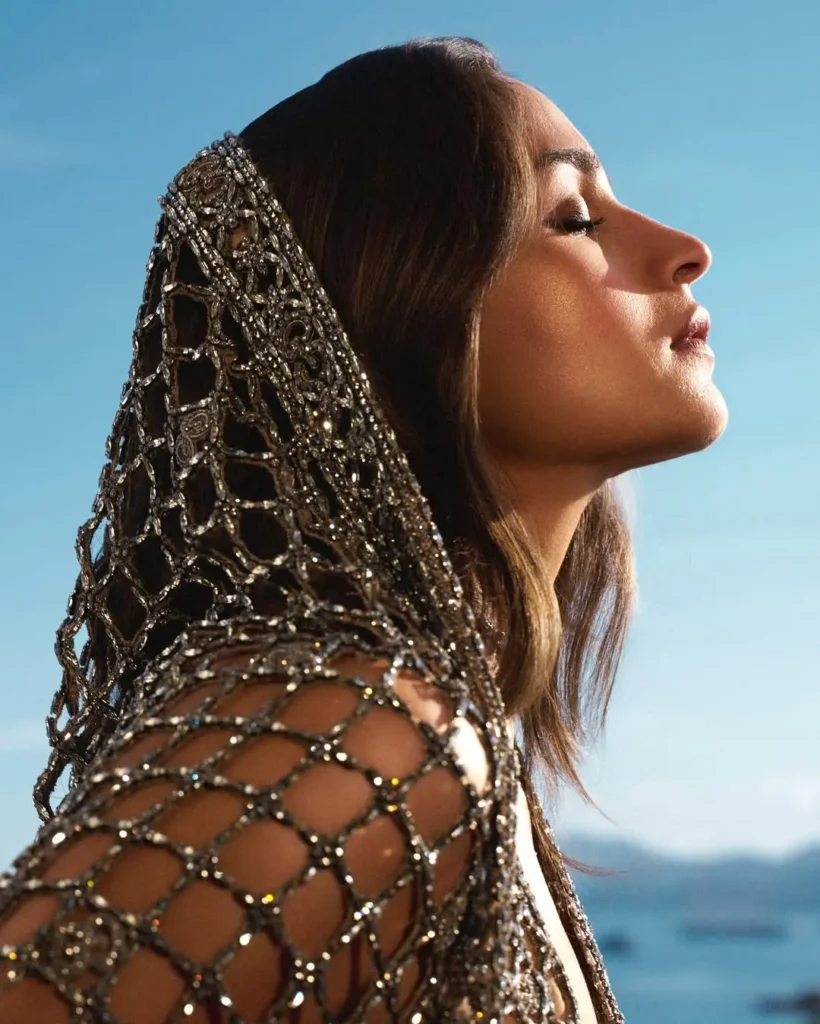When Alia Bhatt stepped onto the Cannes closing-ceremony carpet last week in a crystallised three-piece Gucci drape that the house’s caption dubbed a “custom gown,” South Asian timelines let out a collective eye-roll—and then exploded. Was it a saree? A lehenga? A PR love letter to India wrapped in logo crystals? Whatever the taxonomy, the look marked the first time Gucci had attempted India’s most recognisable silhouette on a world stage.
Memes about the brand’s “can’t spell saree” captioning gaffe sat next to think-pieces on cultural credit, with global commentators emphasising why calling the drape a “gown” felt tone-deaf. Beyond meme culture, insiders demand an industry where cultural credit isn’t a nice-to-have—it’s the price of entry to the world’s fastest-growing luxury markets.
And the luxury market, indeed, is catching on. Dior’s 2023 pre-fall spectacle at Mumbai’s Gateway of India ceded the runway to 300 Chanakya artisans, letting zardozi, kantha and mirror-work share the spotlight with Paris tailoring.
Middle-Eastern wardrobes have driven the point home for years. Labels from Tommy Hilfiger to Burberry release Ramadan and modest capsules—longer hemlines, monogram hijabs, the works—because shoppers from Jeddah to Dubai expect their culture reflected in the clothes they buy. This April’s Abu Dhabi Modest Fashion Week pushed things further.

Luxury can’t keep treating culture as set dressing. Name the drape, credit the hands that stitched it, and suddenly the runway and red carpet is a two-way street—alive with history, relevant to shoppers, and far too valuable to overlook.




